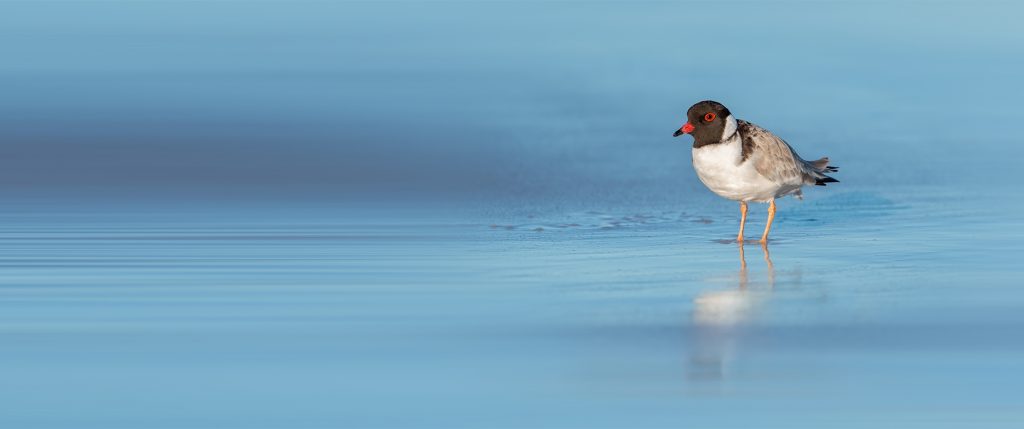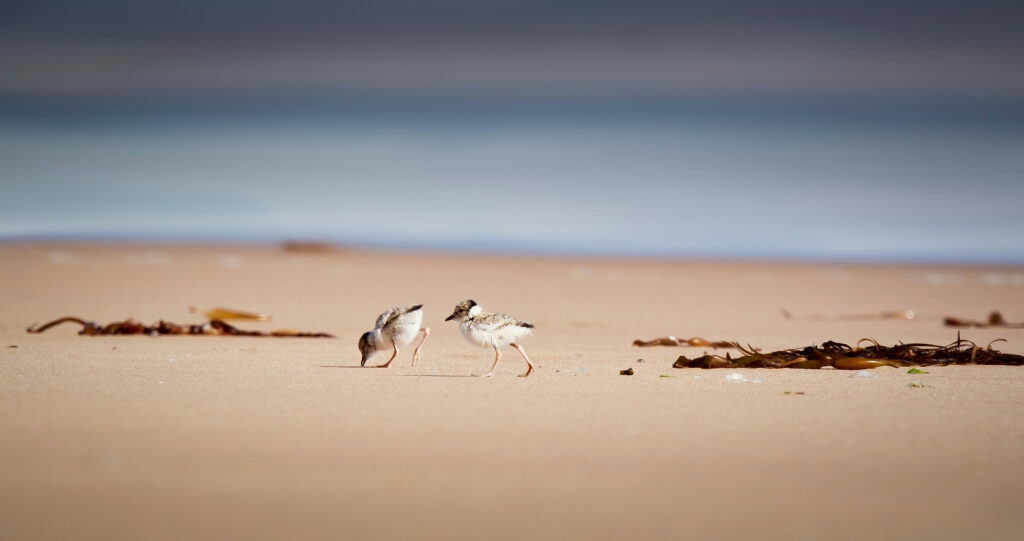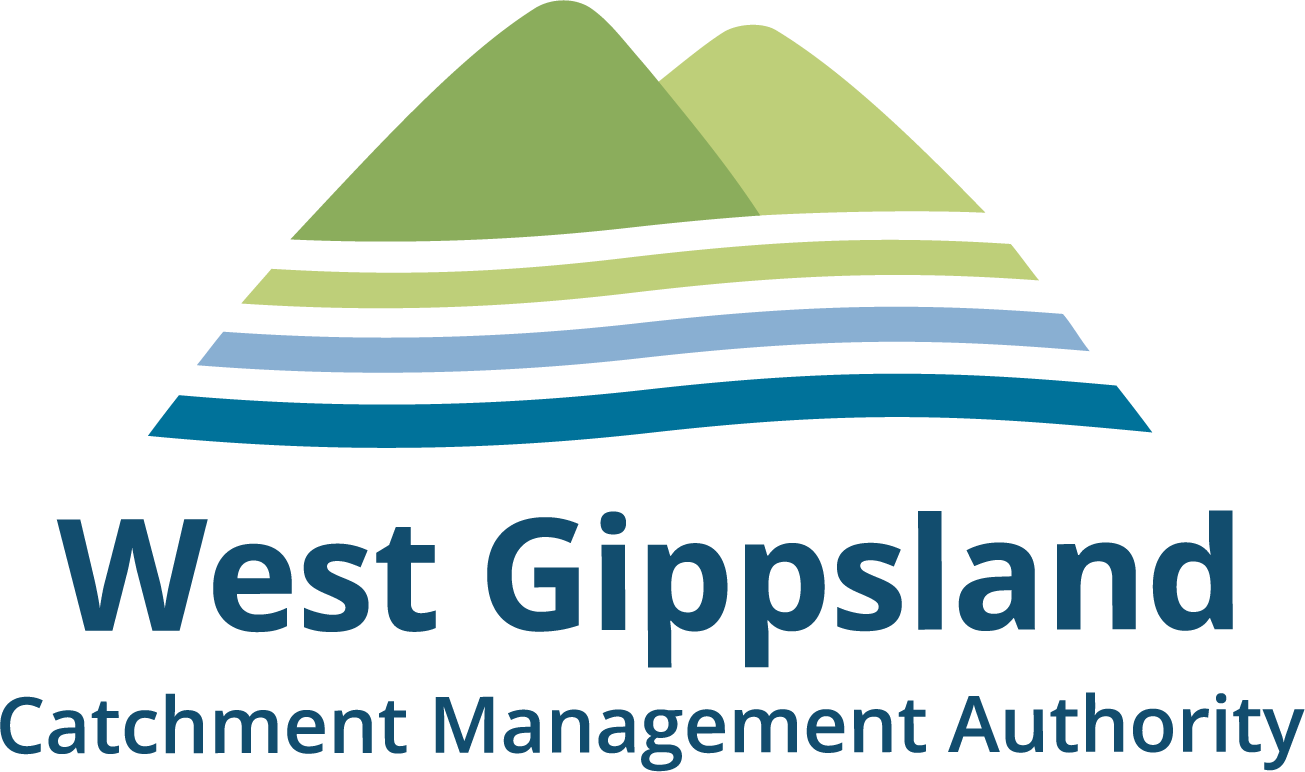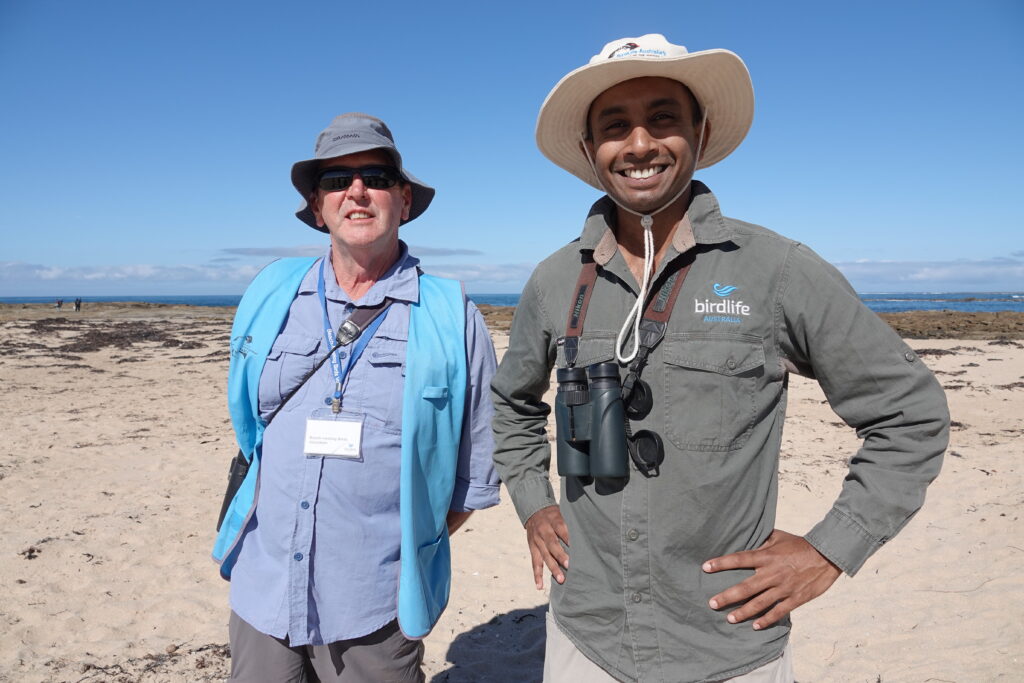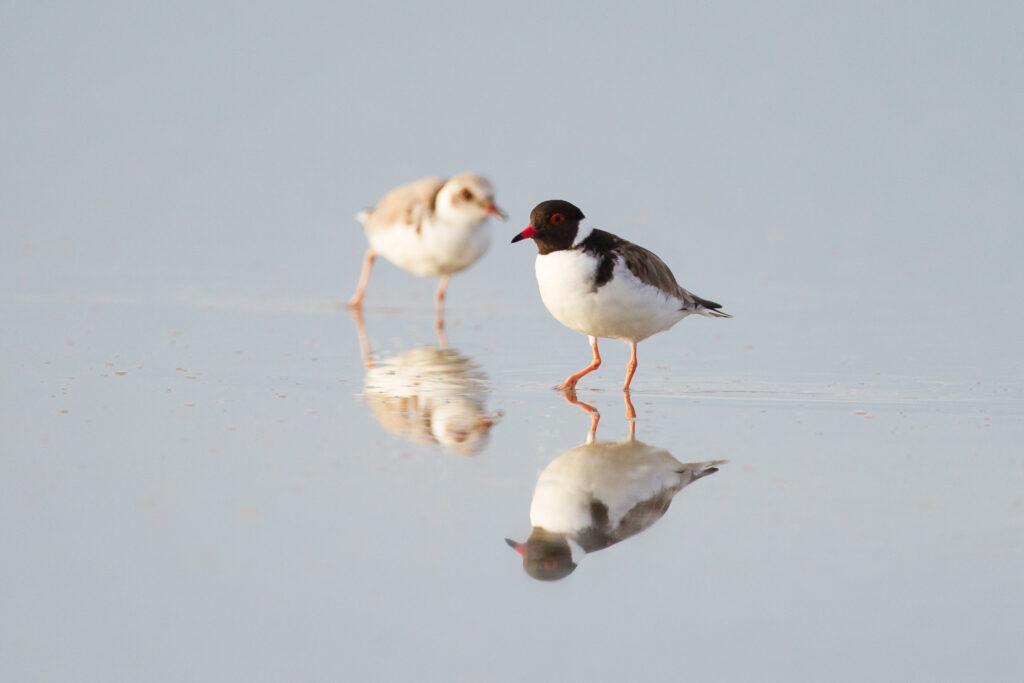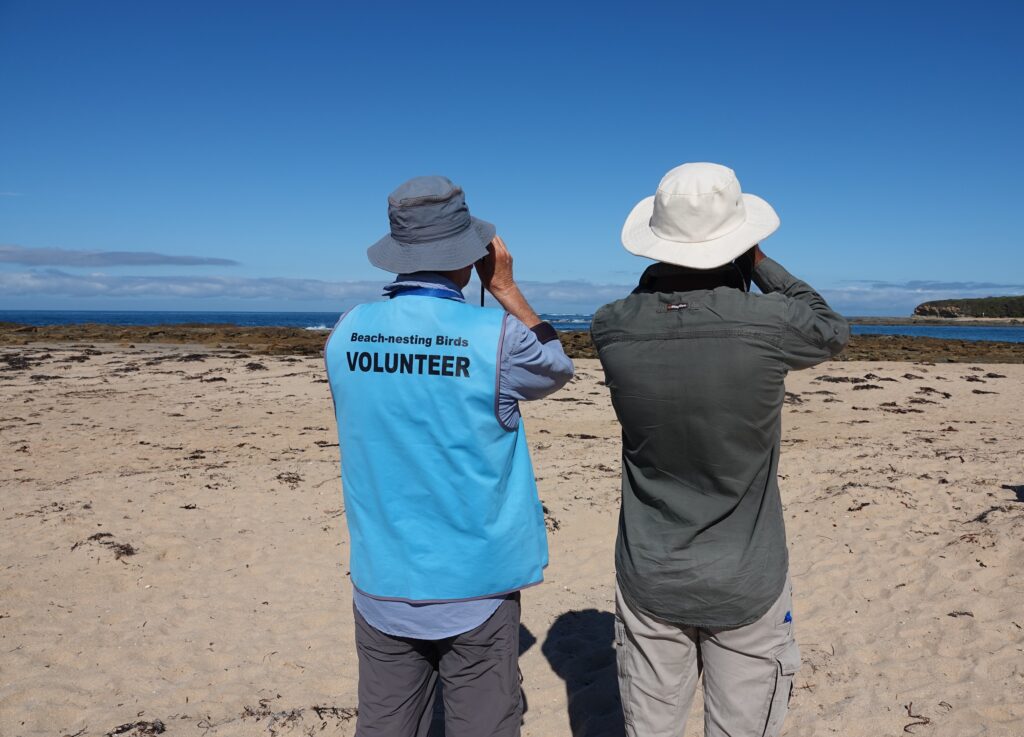Chasing foxes and dreams for a healthy Corner Inlet
Capturing an elusive fox on Dream Island, tackling weed infestations and keeping watch over threatened beach nesting birds are just some events in the compelling story of the past year of Gippsland Catchment Management Authority’s (CMA) Corner Inlet Connections project.
“It’s been another successful year of dedicated work in the Corner Inlet Ramsar site where, for nearly two decades, we’ve been working with partners and community to protect the inlet’s significant natural values,” said Tanya Cowell, Waterways Officer for West Gippsland CMA.
“We’re pleased to share what’s been achieved in partnership with Parks Victoria, Trust for Nature, Birdlife Australia and specialist contractors,” said Tanya.
“Every effort is an important step towards our shared goal of a healthy and resilient inlet that we can all enjoy – whether you are a fisher, farmer, birdwatcher, walker or boater. We all love the inlet in our own special way and want it cared for.”
A huge effort was in tackling Spartina infestations across the entire Ramsar site to protect habitat. The weed was treated in summer and autumn by ground and air. The coordinated approach with Parks Victoria saw remote and previously inaccessible areas that flow into the Marine Park treated. Long term monitoring shows this consistent annual treatment is significantly reducing this threat – a major win for the environment and wildlife.
Protecting an additional 20 hectares of habitat was another great win with Trust for Nature leading a program to protect saltmarsh through weed control and fencing from stock on private properties in the Tarraville and Hedley areas. Multiple landholders have expressed interest in being involved with the project and the Trust is currently assessing projects for future years. Landholders wanting to come on board can contact Billie Emmett, Trust for Nature, at billiee@tfn.org.au
Foxes are the number one predator for the Inlet’s beach nesting birds including Hooded Plovers and Small Terns.
Partners at BirdLife Australia monitored for foxes on the Inlet’s four barrier islands (Dream, Box bank, Clonmel and Snake).
An elusive resident fox on Dream Island was caught thanks to a determined contractor. The (approximately) 500 hectare Island is critical habitat for vulnerable beach nesting bird species to breed, and the removal of this fox will increase the likelihood of breeding success. Remote sensing cameras detected another fox that will be targeted in 2025-26.
Summer and winter monitoring of beach nesting birds by BirdLife Australia and a team of highly skilled and dedicated volunteers showed generally low success in chicks fledging despite the birds putting in their best efforts. Hooded Plovers made 27 nesting attempts across four islands, yet only two fledglings were produced on Dream Island. Similarly low fledgling rates were seen for the Inlet’s Pied Oystercatchers, Crested, Caspian, Fairy and Little Terns. These failures are largely due to predators, high tides and people.
“Disappointingly, human impacts to these remote islands are also a key factor. We have frequently seen off leash dogs, illegal campfires and dumped rubbish. We will work on further management actions to limit threats to future breeding seasons. We are all in this together and ask everyone who uses the inlet to play their part in creating a healthy future.”
So, it’s off and running for works planned for 2025-26 that will once again focus on protecting key Ramsar values.
This project is funded by the Australian Government Natural Heritage Trust and delivered by West Gippsland CMA, a member of the Commonwealth Regional delivery Partners panel.
West Gippsland CMA is responsible for over 40,000 kilometres of designated waterways across the region and delivers programs for healthy and resilient catchments. All these waterways flow to the Victorian coast, discharging through the Gippsland lakes, or directly into Bass Strait and the Southern Ocean.
Become a catchment lover
Find out more about the work we do and sign up to our e-news for updates.
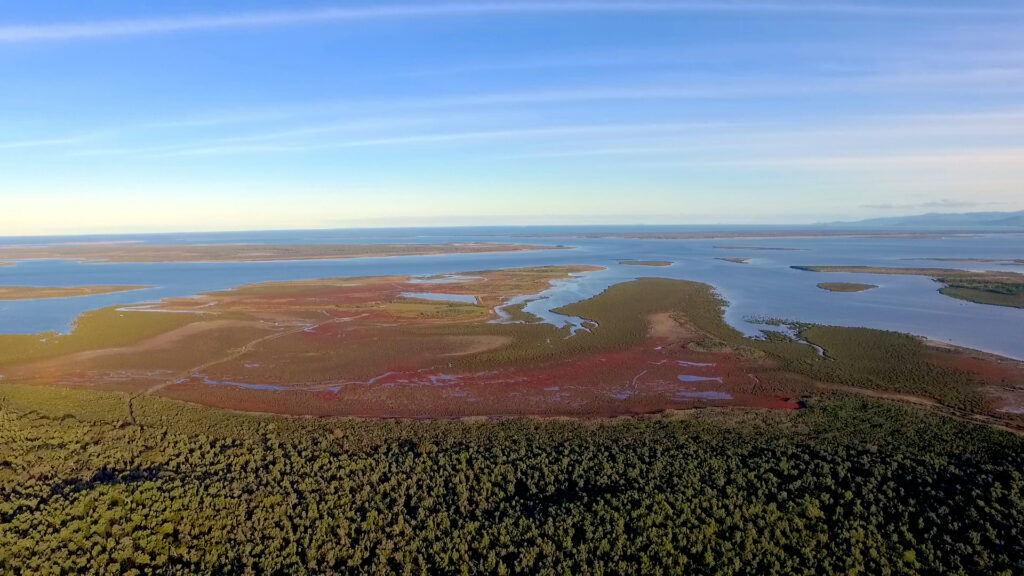
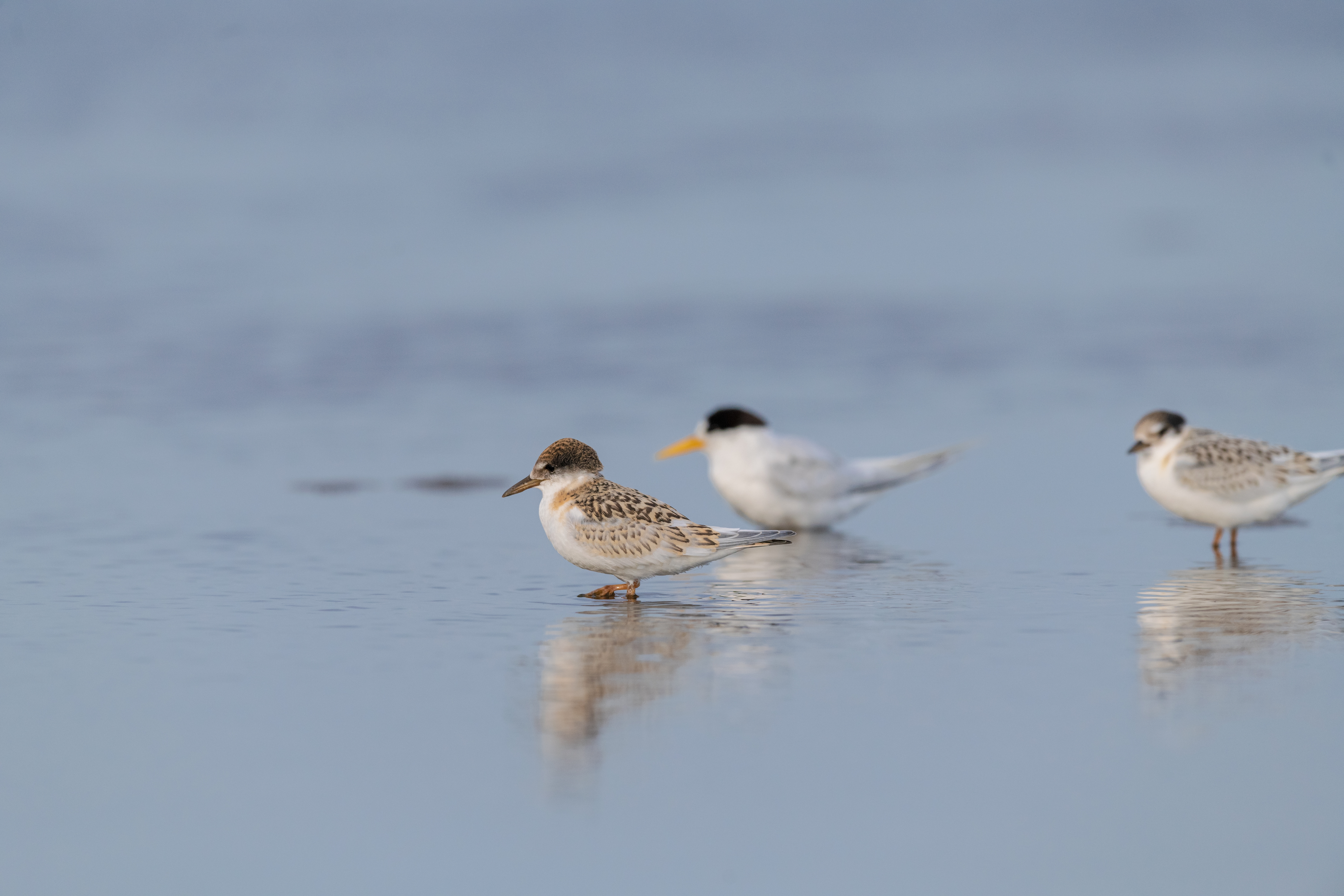
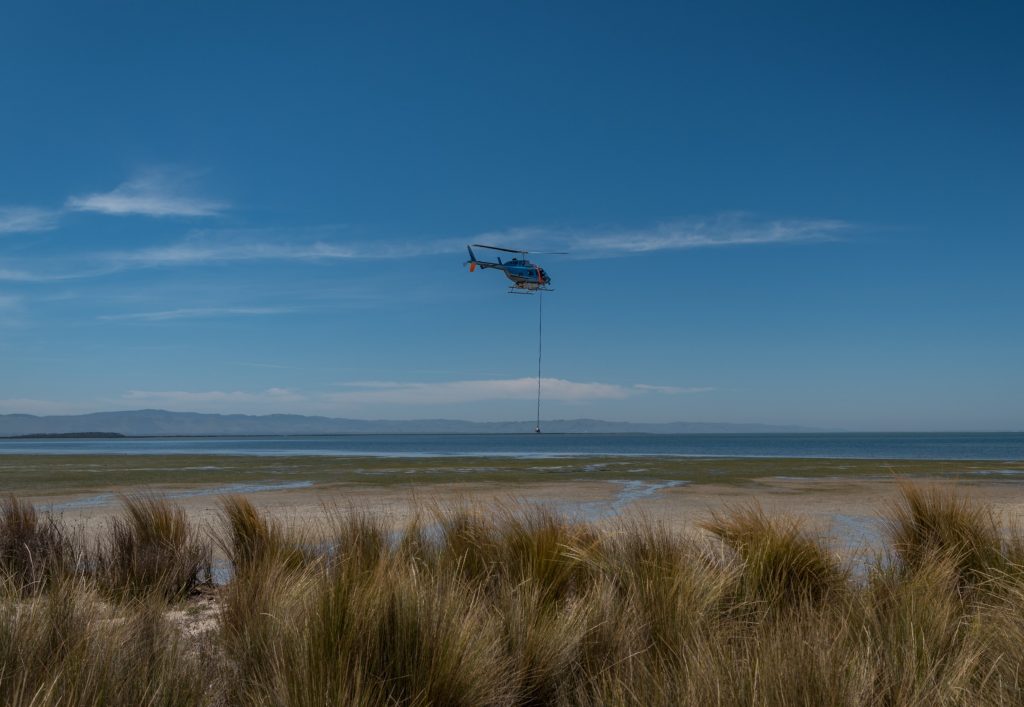
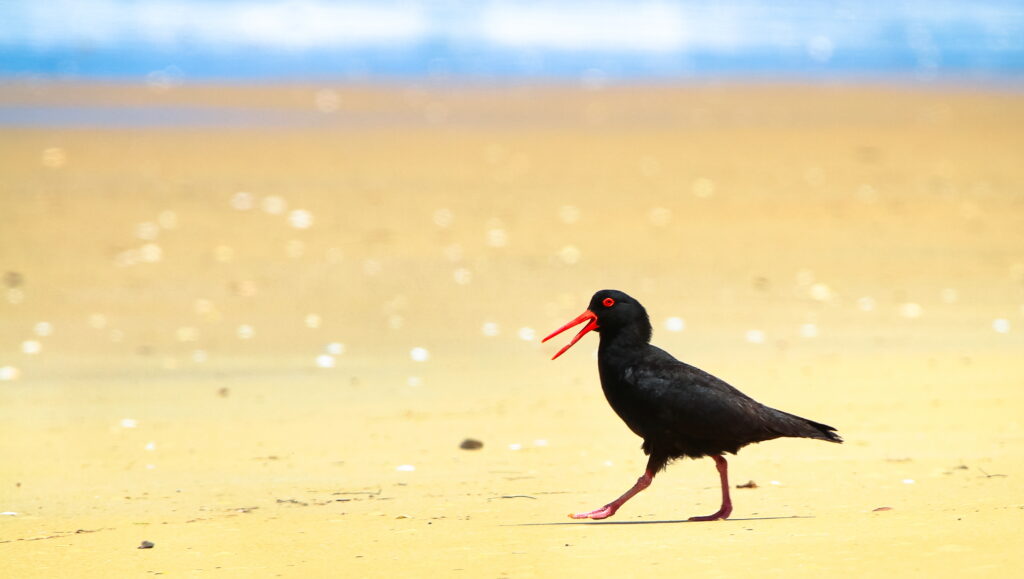
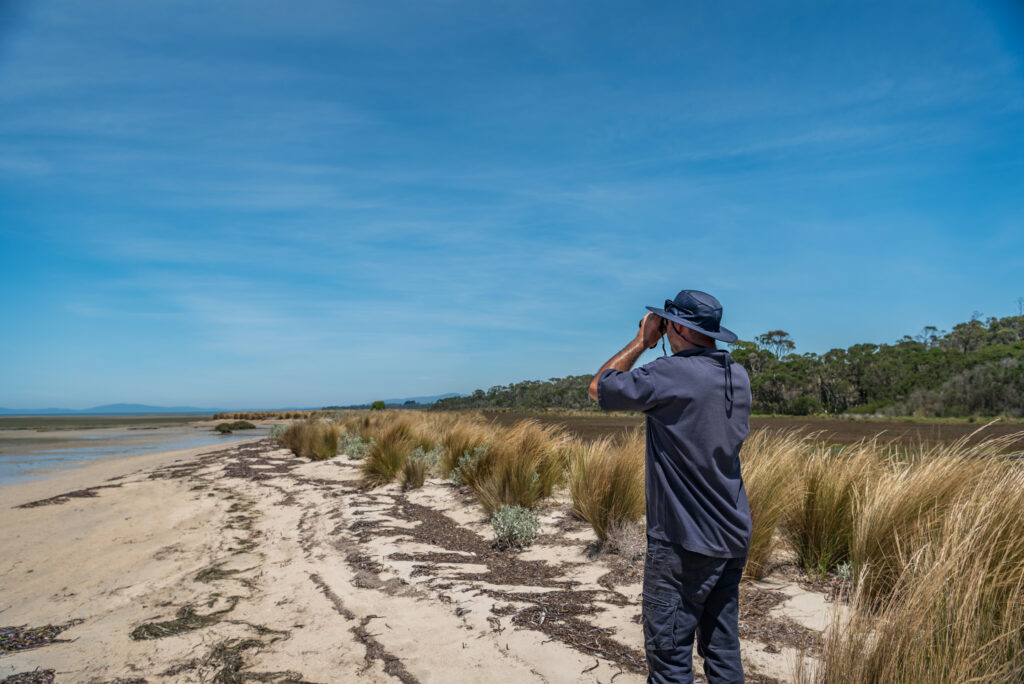
Not on our watch: saving a species from extinction, one walk at a time
Every day over summer David Hartney goes for a walk along the beach at Cape Paterson. He takes his time, observing the changes in the dunes, the telltale tracks of wildlife, the rise and swell of the tide.
He recognises a single, tiny track in the sand. ‘KK’ has been here. He can’t see her but knows she’s around. Just like he knows that ‘DH’ now lives in Sandy Point and ‘EZ’, despite an injury, made it all the way to Lorne.
He knows because he’s been tracking these beaches for five years.
EZ, DH and KK, aka ‘Stumpy’ are Hooded Plovers, and their lives – from chick to fledgling to breeding adult – are recorded by David and a tribe of volunteers who take to the beaches during the spring-summer breeding season to help save this threatened species from extinction.
Tough, tenacious and resilient is how he describes the tiny, beach-nesting birds who must battle people, pets, storms and predators to raise their chicks.
“We have a lovely little bird named KK, known as Stumpy because she’s got one foot missing. That bird is 15 years old and has introduced five fledglings into the population over her life. You know she’s around because she’s got a very distinctive footprint,” David said.
By banding the birds with tags that identify them, Friends of the Hooded Plovers volunteers provide valuable data to BirdLife Australia and help with efforts to improve the unacceptably low survival rates of chicks.
“The fact that these birds only nest on beaches during spring and summer presents them with huge challenges,” explained Kasun Ekanayake, ‘Hooded Plover guru’ and Beach-nesting Birds Project Coordinator at BirdLife Australia.
“The beaches are really busy with people and dogs. Then there are predators like foxes and feral cats to contend with. Because of these challenges, the birds suffer a lot of breeding failure. That’s why we stepped in and got volunteers in local communities involved in the conservation of this species.”
David’s team focuses on a stretch of beach between San Remo and Inverloch – home to Victoria’s second highest population of Hooded Plovers.
He’s passionate about his role, not only for the local hoodies on his watch but what their survival means for the health of the beach environment that he’s so closely connected to.
“The Hooded Plovers are like the canary in the coalmine. If we lose this species I think it’s a sad indictment on our society and communities that these birds haven’t been able to survive in coexistence with us,” he said.
BirdLife Australia and Bunurong Land Council Aboriginal Corporation, Bass Coast Landcare Network, South Gippsland Landcare and Parks Victoria on a four-year project to help the survival of the region’s Hooded Plover population.
Toward Zero Extinctions: Protect the Eastern Hooded Plover is a $1.5 million dollar project aimed at protecting nests during breeding season, controlling foxes and other introduced pests, and engaging the community about the plight of the plover – and how they can help its survival.
To learn more, tune into the latest episode of Gippslandscapes podcast, where Kasun and David take a walk along Cape Paterson beach on the Bunurong Coast to check-in on the resident Hoodies and chat about what it means to be a Hoodie lover.
This project is funded by the Australian Government Natural Heritage Trust and delivered by West Gippsland CMA, a member of the Commonwealth Regional Delivery Partners panel.
Podcast #76: Hope for Hoodies
There’s a whole lotta plover love in this episode of Gippslandscapes when we chat with Hooded Plover guru Kasun Ekanayake from BirdLife Australia about the plight of the plover, their tenacity in raising chicks on busy summer beaches and how devoted volunteers like David Hartney from Friends of the Hooded Plover – Bass Coast and South Gippsland, are helping to save the species from extinction by protecting their vulnerable nests and chicks from threats of people, pets and predators.
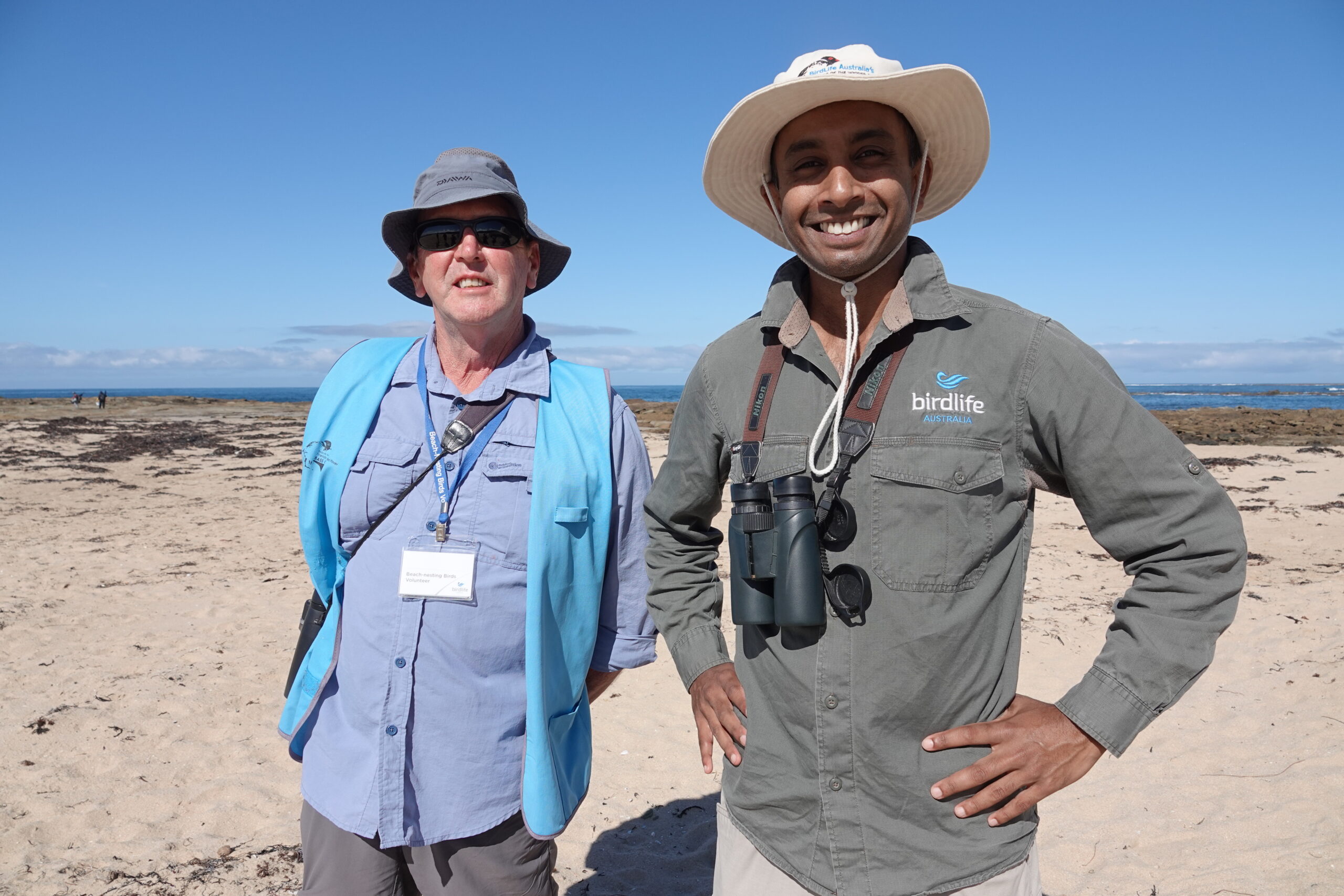
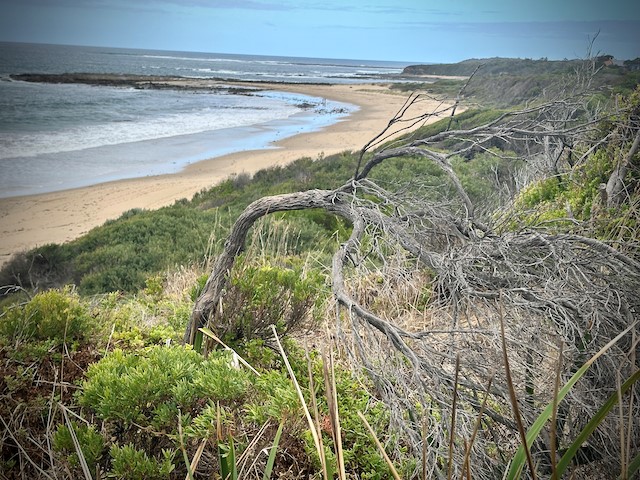
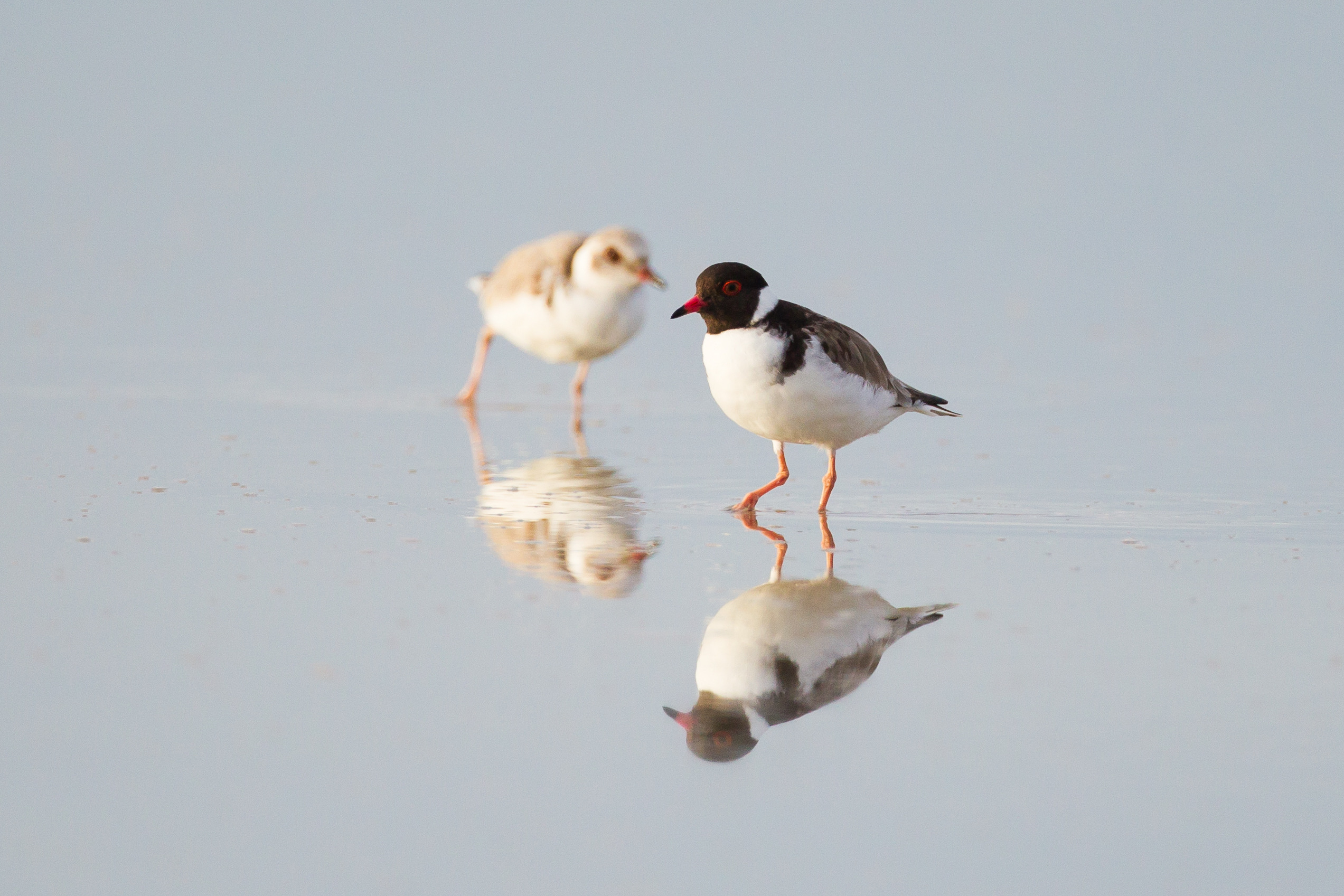
Partnership to save plovers from extinction
West Gippsland Catchment Management Authority (the CMA) is excited to announce a new $1.5 million project aimed at saving one of our region’s much-loved native birds from extinction.
Eastern Hooded Plovers — affectionally known as ‘Hoodies’ — are tiny shorebirds that nest along the Victorian coastline where the adults, their eggs and chicks are highly vulnerable to disturbance by humans, coastal weeds, rough weather, off-lead dogs and their number one predator – foxes.
Together with BirdLife Australia, Bunurong Land Council Aboriginal Corporation, Bass Coast Landcare Network, South Gippsland Landcare, Parks Victoria and the community, the CMA is embarking on a four-year project to help the survival of Hoodies.
Toward Zero Extinctions: Protect the Eastern Hooded Plover will involve protecting nests during breeding season, controlling foxes and other introduced pests, and engaging the community about the plight of the plover – and how they can help its survival.
“There are only around 3,000 Hoodies remaining in south-eastern Australian and less than 2.5 percent of Hooded Plover eggs make it to adult stage,” said Shayne Haywood, the CMA’s Manager – Land and Biodiversity.
“The coastline between San Remo and Inverloch is home to the second largest population of Hooded Plovers in Victoria so it’s vital that we work together to protect these vulnerable native species whose survival depends on having safe, protected breeding sites,” said Shayne.
During breeding season, Hoodies face many threats to survival, from people accidently trampling their nests to off-lead dogs scaring the birds and eating their eggs. Even if the eggs successfully hatch, Hoodie chicks can’t fly for the first five weeks of their life, making them highly vulnerable to predators, particularly foxes. To reduce this threat, the CMA and partners will undertake a coordinated approach to fox control across public and private land, conducted in partnership with landholders and Parks Victoria.
“By reducing fox numbers, we can help increase the chance of survival for eggs and fledglings and help boost the population of Hoodies overall.”
Enclosing vulnerable breeding sites to protect nests and chicks and signage at beaches are also key activities of the program, supported by BirdLife Australia’s monitoring program and population counts.
“Many people in our community already know about the plight of plovers and are actively involved in their protection by avoiding nesting sites, keeping dogs on leads at the beach and volunteering through BirdLife Australia’s Beach-nesting Birds Program.”
“This partnership project is an exciting next step in the protection and recovery of plover populations in West Gippsland. The CMA is thrilled to be involved in this important work as part of our role in catchment health and protecting the region’s unique biodiversity.”
This project is funded by the Australian Government Natural Heritage Trust and delivered by West Gippsland CMA, a member of the Commonwealth Regional Delivery Partners panel.
West Gippsland CMA is responsible for over 40,000 kilometres of designated waterways across the region. All of these waterways flow to the Victorian coast, discharging through the Gippsland Lakes, or directly into Bass Strait and the Southern Ocean.
